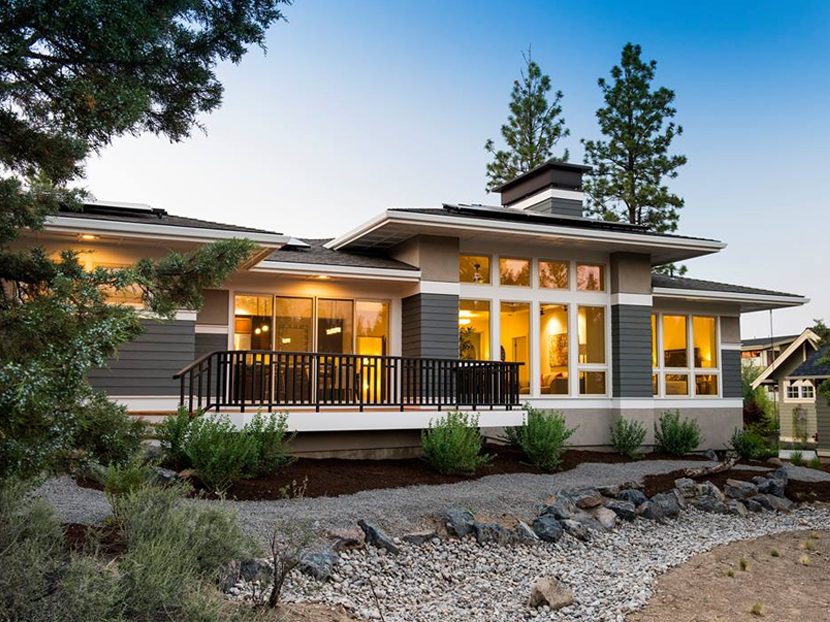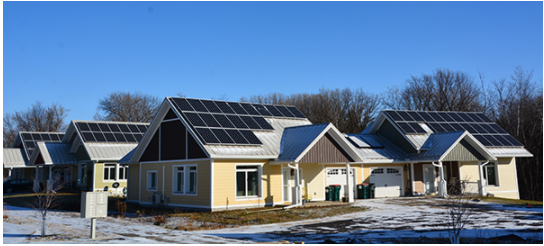Digital Exclusive: Five Net Zero Energy Homes That Will Inspire

Sustainable construction and design isn’t just a hot trend, it’s becoming the norm. The need for environmentally friendly construction is ushering in innovative design strategies and new benchmarks for the building materials industry.
One of the most popular, and arguably important, concepts in sustainable design is the move towards zero-energy buildings. Zero-energy buildings are facilities that have zero net energy consumption. In other words, the annual net energy use of these structures is equal to the amount of renewable energy created on the site.
These projects call for the integration of renewable energy systems and zero-energy applications, which can make them a bit intimidating to builders. However, these kinds of initiatives are very possible with the right team and resources.
We’ve compiled a list of zero-energy homes that incorporate sustainable construction into the building process. The results are five facilities that prove zero net energy can be achieved with careful planning and appropriate implementation.
1. Eco Village

In 2013, Fox Blocks began a project in River Falls, Wisconsin. St. Croix Valley Habitat for Humanity (SCVHFH) partnered with Fox Blocks to construct the Eco Village.
Executive Director Jim Farr wanted the Village to reach LEED Platinum Certification while achieving zero net energy consumption. Fox Blocks ICF was the building product needed to reach both goals. The product not only satisfied the criteria needed for certification, but provided the heavy-duty barrier to withstand urban noise, insects, extreme weather and the elements.
The Eco Village is now home to a healthy American community, and continues to promote sustainability and environmental involvement.
This blog originally appeared on www.foxblocks.com. Follow this link to continue reading.




